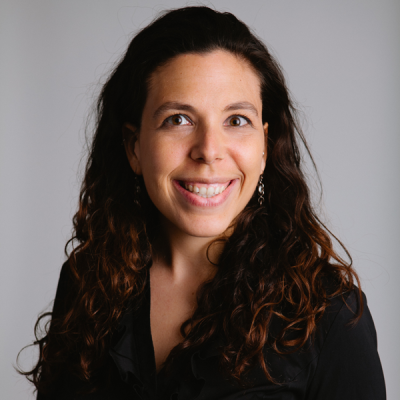One of the received truths of education reform is that a creative, talented school principal can do a lot, whether by embracing technology, changing the way a school is organized, or allocating resources differently. The counter is that true principal autonomy doesn’t exist because of strict limitations by district, state, and federal mandates, union contracts, and such. This new study from the Center on Reinventing Public Education asks two questions: First, what do principals report as barriers to their autonomy? And second, are the barriers are real or imagined? (Fordham tackled similar questions in 2008 in The Leadership Limbo, primarily in reference to union contracts. To find the answers, the researchers interviewed eight principals in three states from a variety of policy and district environments—a small sample, yes, but the analysts spent considerable with them and probed deep. The researchers organized principals’ responses into a total of 128 barriers to change: 22 percent impeded efforts to improve teacher quality, 38 percent restricted resource allocation, and 40 percent prevented instructional innovation. The researchers then compared the principals’ responses with state and federal laws and local collective bargaining agreements. They found that 31 percent of the reported barriers were real, including forced placement of teachers, bargained teacher salaries, and state-mandated class sizes. Many of these real barriers were financial, including restrictions on financial autonomy because of categorical funding. The remaining 69 percent, however, were either imaginary or surmountable. For example, most principals wanted to move to a competency-based system but felt constrained. Yet the researchers discovered that of twenty-two reported barriers to competency-based learning, just two were real (seat time requirements and social promotion). Others could either be circumvented or ignored—or were actually nonexistent. While none of this is surprising, the authors went on to make some very clear state and district policy recommendations, such as shifting accountability from inputs like seat time to outcomes like student performance and allocating funds on a per-student basis. Perhaps the principal’s job would be less off-putting and student outcomes better if more school leaders read this report and came to understand that they have more freedom to make changes that improve the lot of kids than they seem to think—causing one to wonder whether they’d rather say “I’m not allowed to” than take initiatives that will upset others on their school teams.
SOURCE: Lawrence J. Miller and Jane S.Lee, Policy Barriers to School Improvement: What's Real and What's Imagined? (Seattle, WA: Center for Reinventing Public Education, June 2014).
